Evaluating Expressions Sorting Cards Activity
This blog post contains Amazon affiliate links. As an Amazon Associate, I earn a small commission from qualifying purchases.
One of the first things that caught my eye when flipping through CPM’s Core Connections Algebra book was a team sort to assign students to groups (or study teams). In the past, I’ve assigned students to groups in a couple of ways. Usually, I just let my classes choose their own seats. The problem with this is friends like to set by friends when that’s usually the last place they need to be sitting. To combat this, I’ve drawn popsicle sticks in the past for group seating. Students hate it when I do this. I like the randomness of the seating, though.
However, I really like the idea of making new seating arrangements tie into the curriculum. What if seat-changing time was also learning and practicing and talking about math time? This year, I really want to embrace the idea of study teams. Students will be seated with the same group of people for the entire unit. Thus, we’ll need to pick new seats at the beginning of each new unit. (And, I’ve already posted about team norms here!)
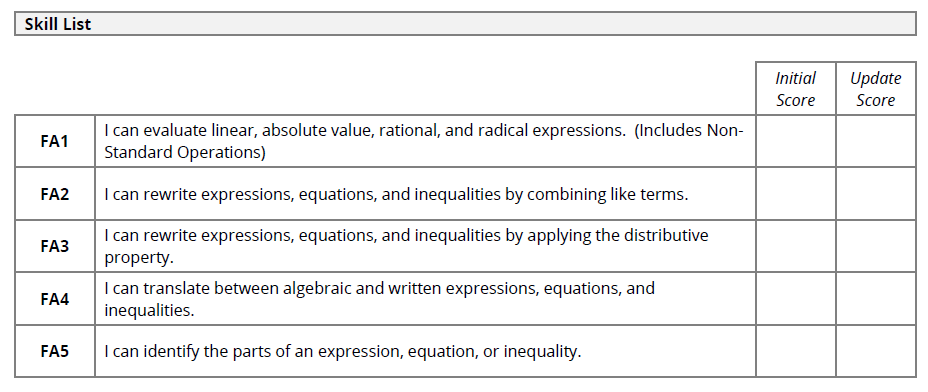
Our first unit of the year in Algebra 1 will be “Fundamentals of Algebra.” Our first skill will be evaluating expressions. I know this is something students have done before. The new Oklahoma Academic Standards specify that students should be able to evaluate linear, absolute value, radical, and rational expressions. This also includes non-standard operations like you would see on the ACT.
Since students will be assigned seats before we begin the unit, I want to use this as an opportunity to see what they already know about evaluating expressions. So, I’ve created a deck of cards that practices evaluating linear, absolute value, and a few polynomial expressions for good measure. This will hopefully give me an idea of where my students stand with evaluating basic expressions before we start throwing in radicals and rationals which can be undefined at certain values.
My goal for this summer is to create a deck of “sorting cards” for each unit of the year. This will ensure that I actually go through with my plan of changing groups at the beginning of each new unit.
Here’s the first set. I promise that I double-checked for typos. But, if you happen to still catch one, please let me know so I can update the file!

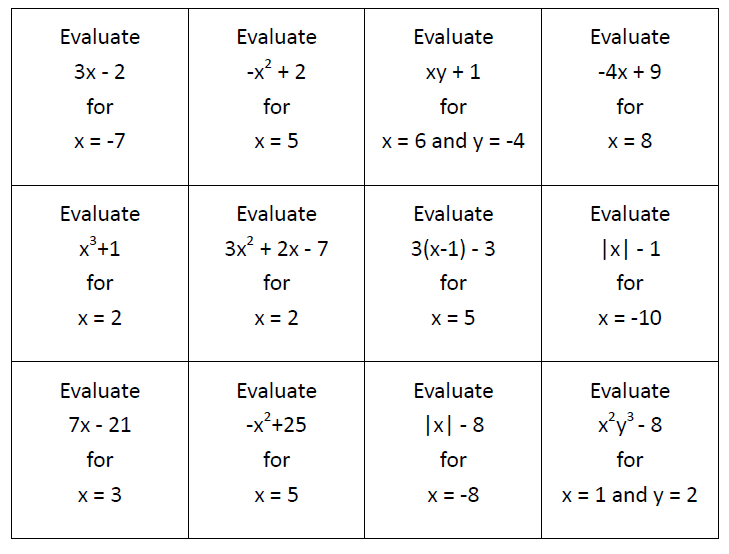
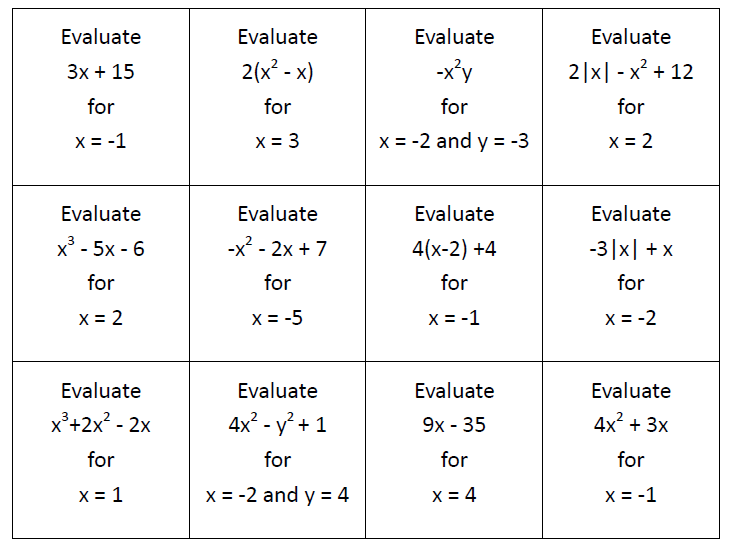

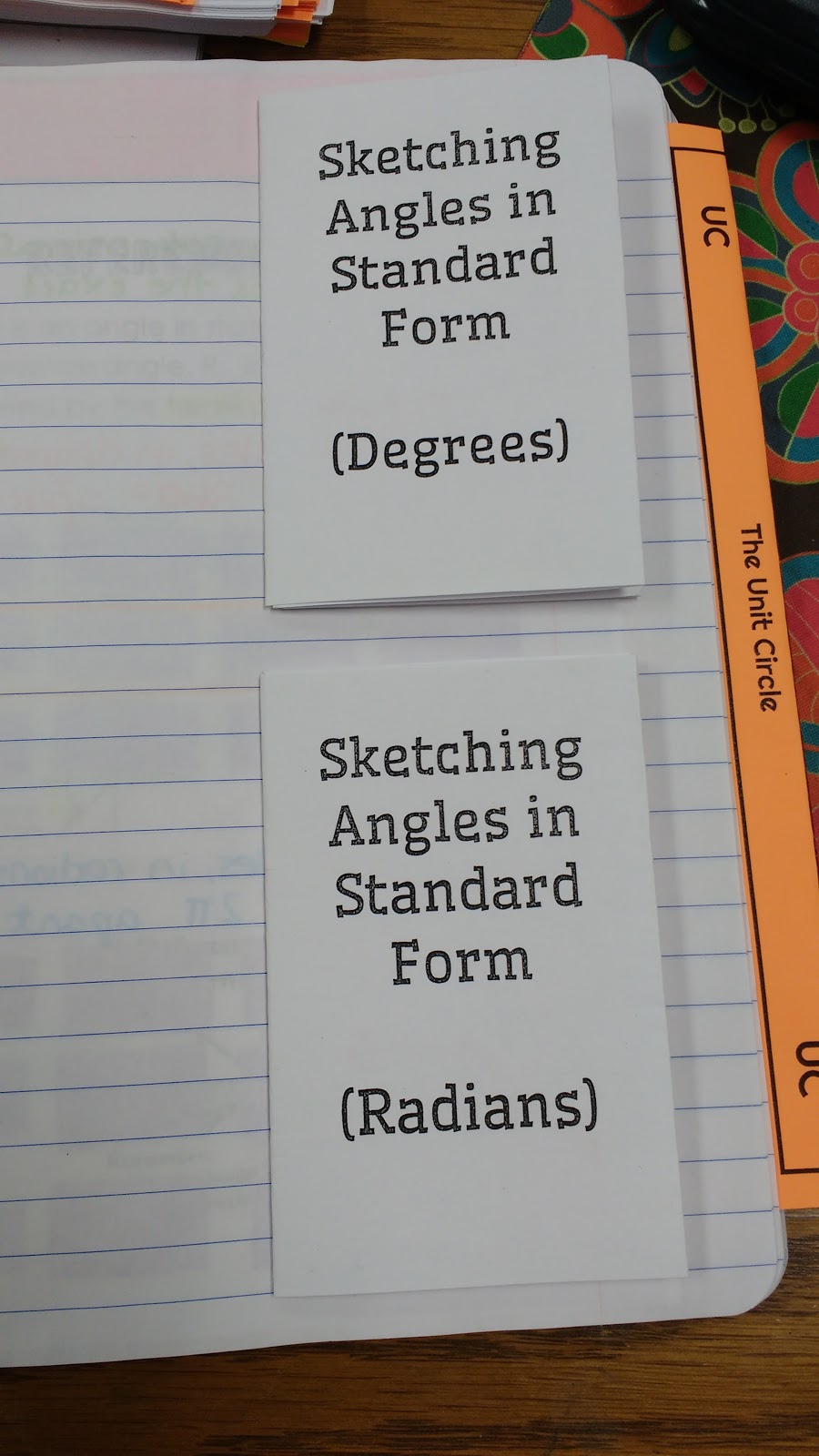
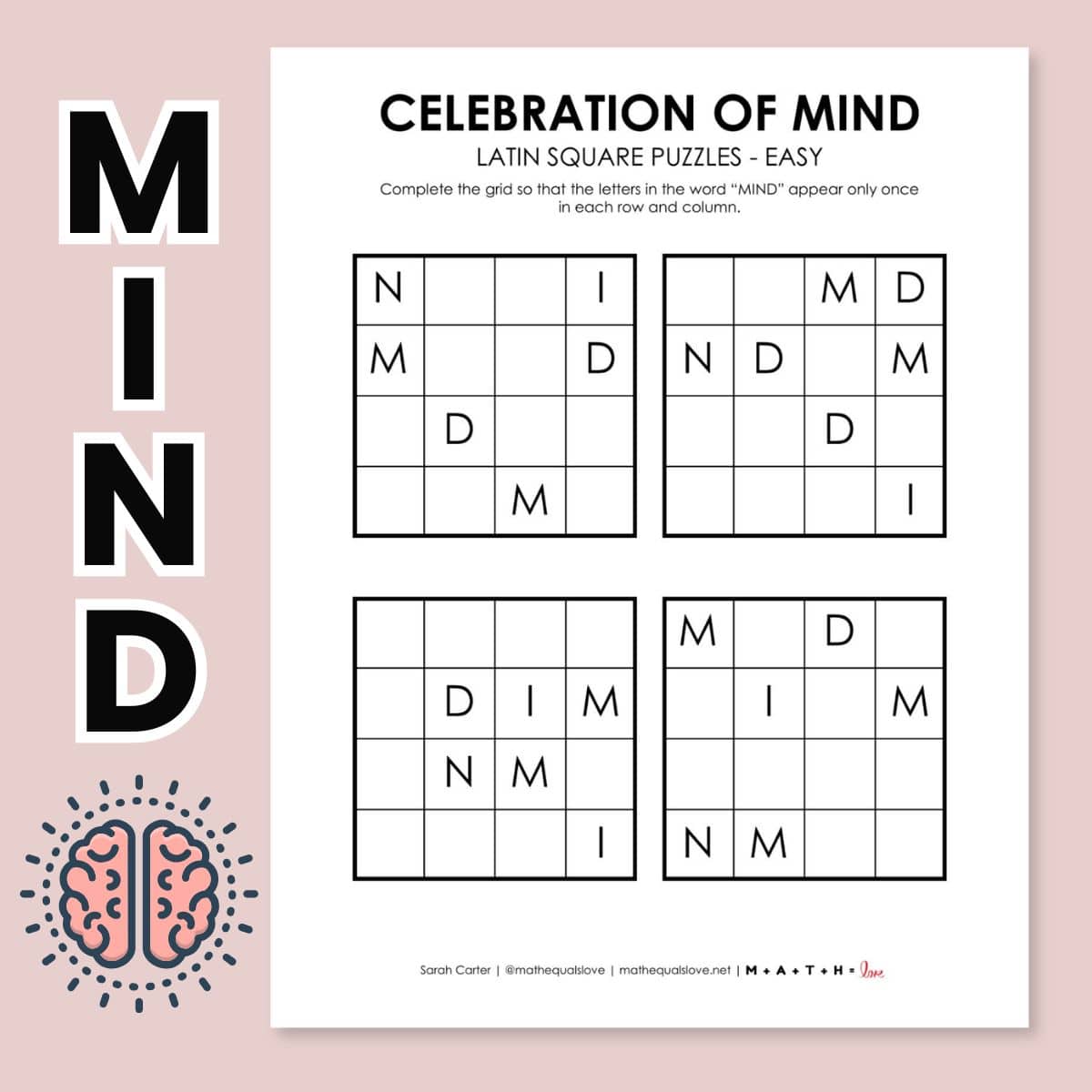
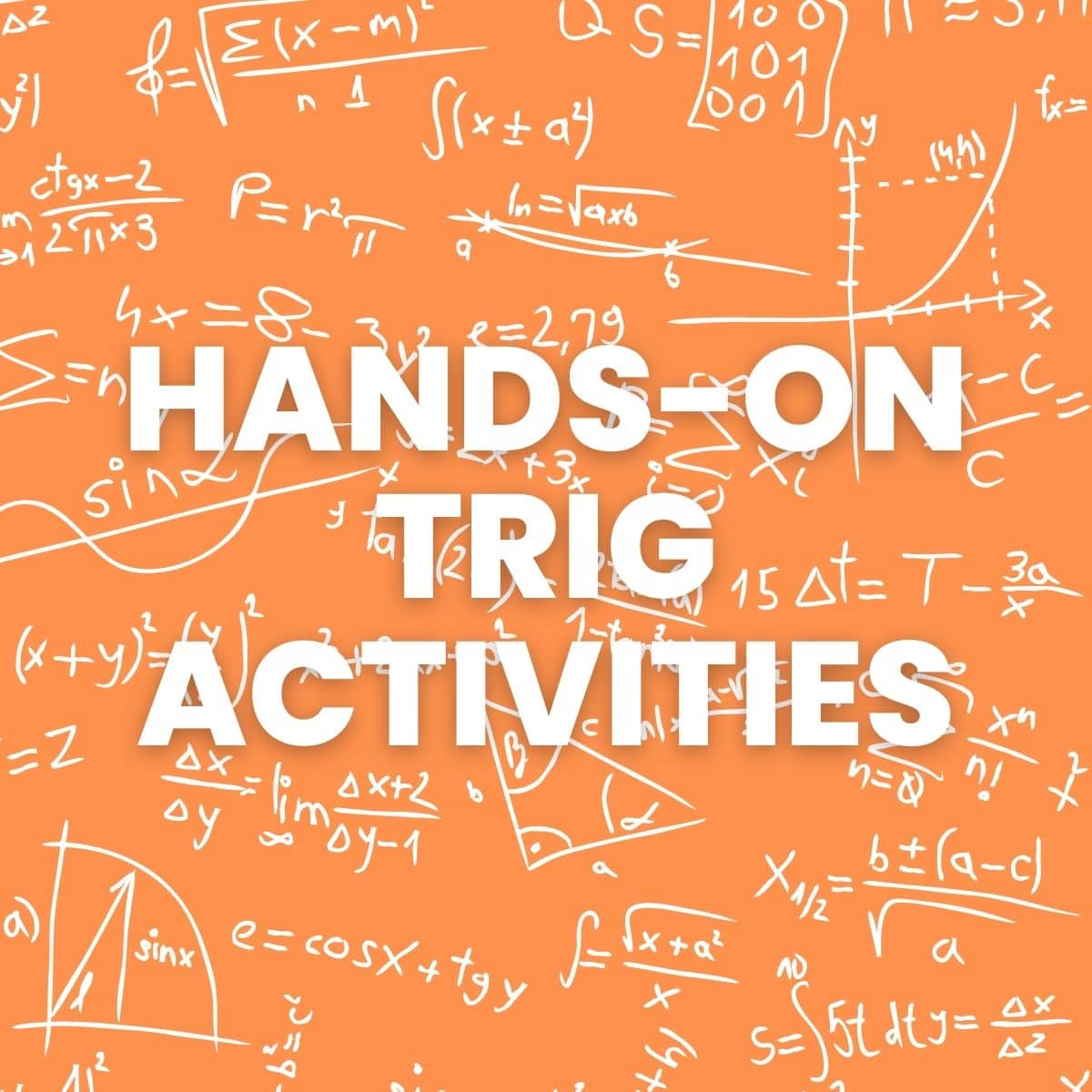
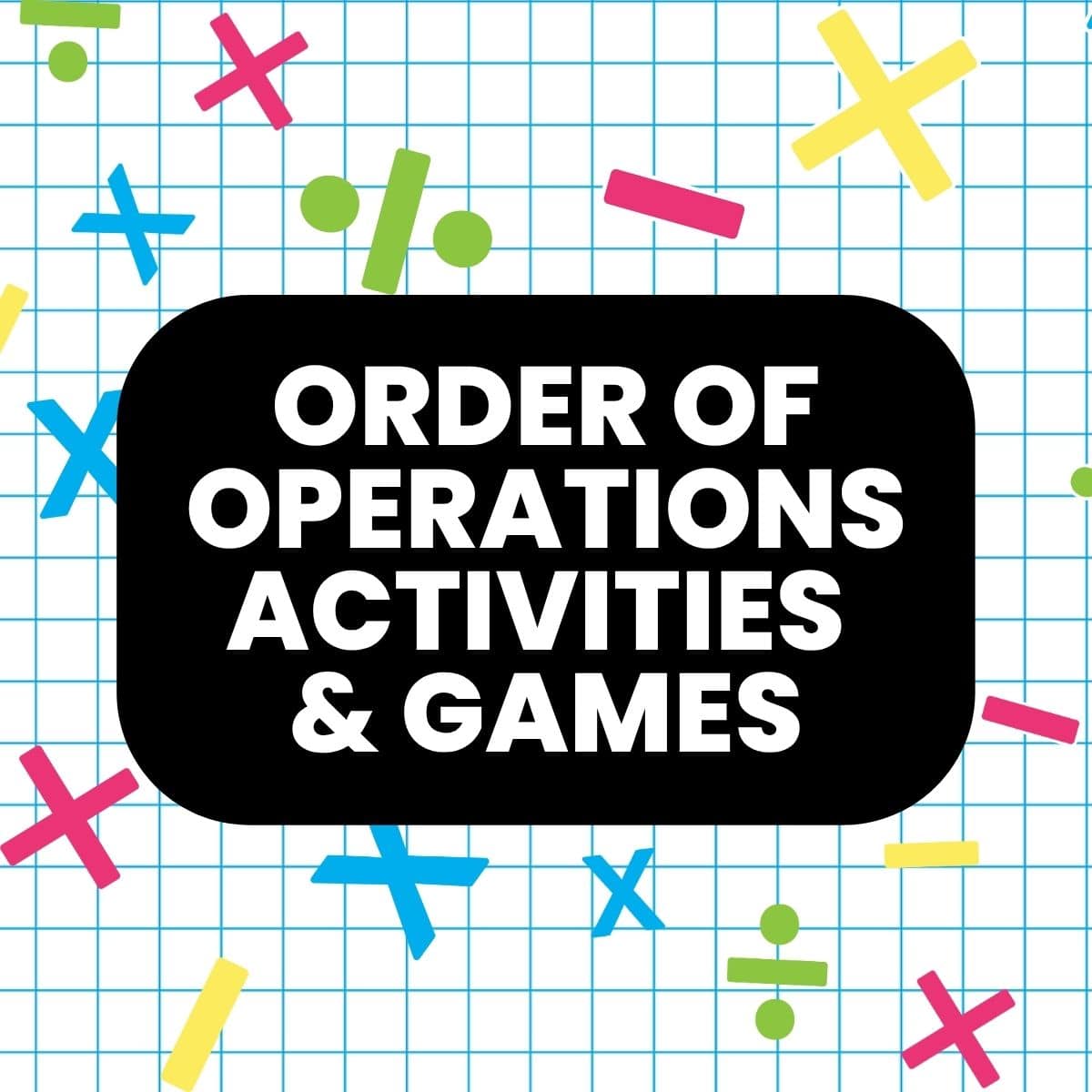

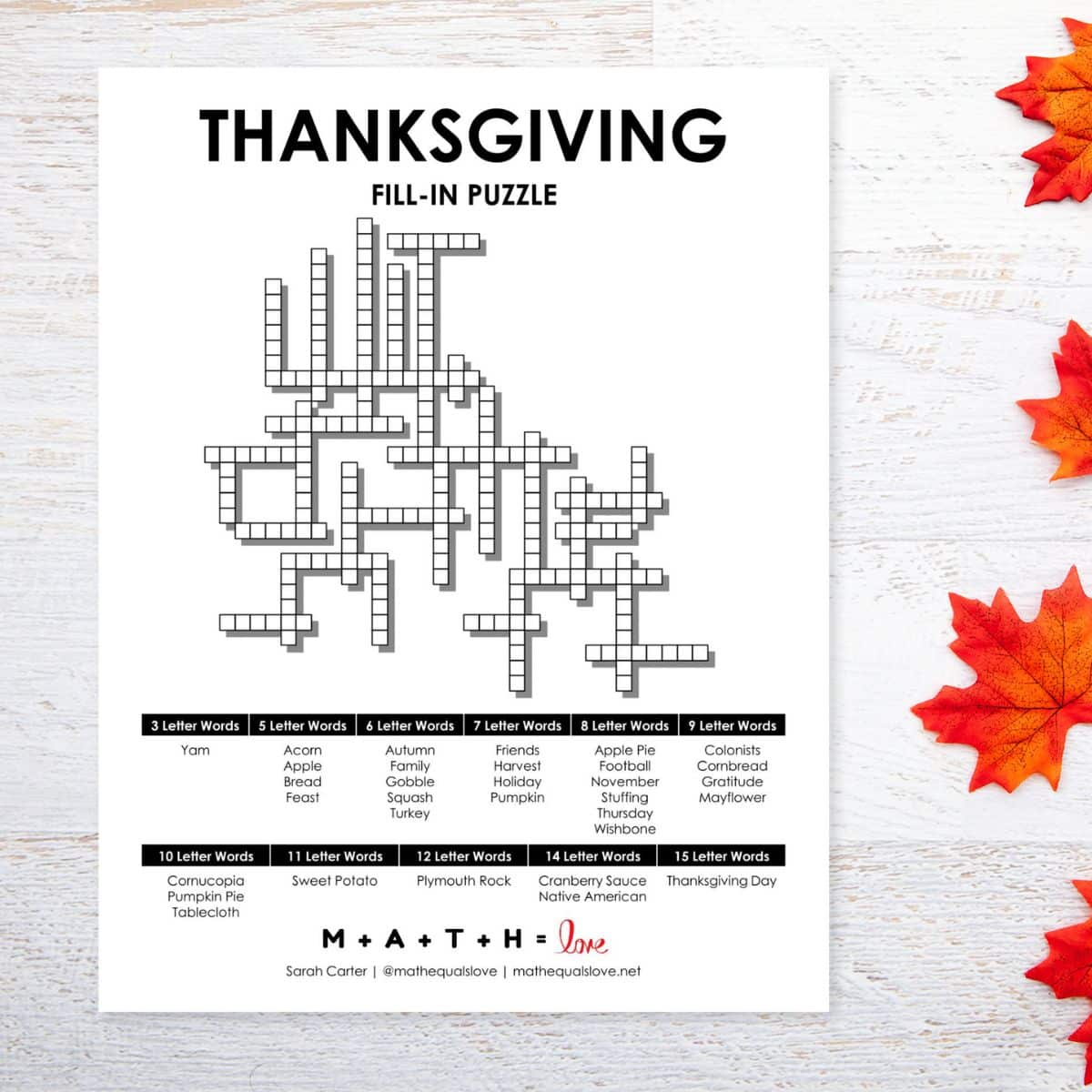
Looks like a fun, mathy way to choose random groups.
I use Kagan grouping where each table of 4 has 1 high level student, 2 medium level students, and 1 low level student. I try to move seats every 6-9 weeks for variety.
I just started reading the Kagan Cooperative Learning book!